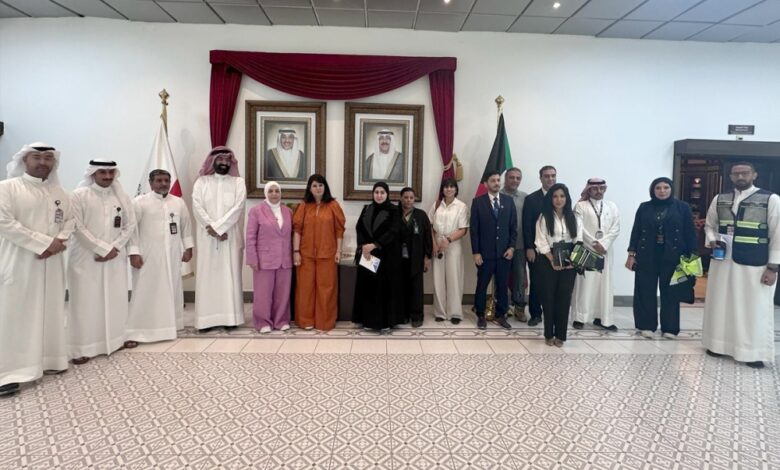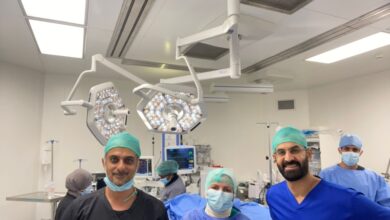Joint task force formed to address bird strike hazards at Kuwait International Airport
Discussions focused on evaluating the risks posed by birds in high-traffic areas especially during landing and takeoff

A delegation from the College of Science at Kuwait University held key discussions with the Directorate-General of Civil Aviation (DGCA) to explore scientific and environmentally sound solutions to the growing threat of ‘bird strikes’ incidents at the Kuwait International Airport — that pose serious risks to aircraft operations, including takeoffs, landings, and overall air traffic safety.
The visit, led by Prof. Dr. Suzan Al-Bustan, Acting Assistant Dean for Academic Affairs, Research and Graduate Studies, came at the invitation of the DGCA’s Airport Safety Systems Department, under the Deputy Director-General for Kuwait International Airport Affairs, Osama Al-Shawaf. Also present was Fathi Al-Shaib, an expert from the International Civil Aviation Organization (ICAO), specializing in airport operations, reports Al-Jarida daily.
The discussions focused on evaluating the risks posed by birds in high-traffic areas and formulating long-term, practical solutions that align with both international and Kuwaiti environmental regulations.
The visit culminated in the formation of a joint working group composed of distinguished faculty members from the Department of Biological Sciences at Kuwait University, including Dr. Hassan Al-Haddad (Molecular Biology Program); Dr. Amani Al-Adsani (Director, Biotechnology Center); Dr. Amani Al-Zaidan (Environmental Affairs and Biodiversity Specialist); Dr. Al-Jazi Al-Anzi (Animal Behavior Specialist) and Dr. Rawan Al-Aidan (Animal Biology Program).
Together, this team will work alongside DGCA specialists to analyze risk zones, propose mitigation strategies, and draft a memorandum of understanding (MoU) establishing a collaborative framework and communication mechanism between the university and civil aviation authorities.
Following the meeting, the delegation conducted a field inspection of high-risk areas around the airport, accompanied by representatives from the DGCA’s Operations, Engineering, Air Navigation, Aviation Safety, and Technical Office departments.












